No part of this publication may be reproduced, stored in a retrieval system, or transmitted in any form or by any means, electronic, mechanical, or otherwise, without the written permission of the publisher.
acknowledgments
The Andrew W. Mellon Foundation has generously assisted my research by funding two projects: first, a summer seminar, Writing Performance History, that brought together fourteen dissertation-stage students from ten departments at Yale; second, a Distinguished Achievement Award, the terms of which afford wide latitude in conducting research under the aegis of the World Performance Project. In gratefully acknowledging the foundation's support, I also want to recognize the help of colleagues, students, and staff members at Yale and elsewhere. They are too numerous to list here, but I want to name some of them as special benefactors and guides.
The references in the text and notes of It can only imperfectly communicate what the presence at Yale of the Paul Mellon Center for British Art (BAC); its staff; and its Director, Amy Meyers, have meant to the inception and completion of this book. In particular, Julia Marciari Alexander of the BAC and Catherine MacLeod of the National Portrait Gallery, London, created the exhibition and catalog of Painted Ladies: Women at the Court of Charles II, to which I am variously and generally indebted. In the process of researching pictures and securing permissions for their reproduction here, Anna Magliaro of the BAC made it all seem so easy, as only someone completely knowledgeable and highly skilled can do.
Susan Brady of the Beinecke Rare Book and Manuscript Library at Yale and Margaret K. Powell of the Lewis Walpole Library at Yale are my collaborators in theater and performance research, and I am humbly grateful for their intellectual generosity; professional gifts; and remarkable forbearance, at least so far, with my scholarly idiosyncrasies. A passage in chapter 3 is adapted from an essay published in collaboration with Margaret K. Powell, Big Hair (Eighteenth-Century Studies, 2004), and it appears here with her permission. Pamela Jordan at the Yale School of Drama, like so many of the librarians at Yale, came through for me when I most needed her help.
My colleagues Claude Rawson, Jill Campbell, Annabel Patterson, Paul Fry, Elizabeth Dillon, Joe Bizup, Jeffrey H. Richards, and Frank Prochaska contributed a variety of helpful suggestions and corrections, but I am responsible for any shortcomings stemming from my failure to capitalize on their excellent advice. That goes for Julia Fawcett, too, who read the whole manuscript through carefully, justly, and tactfully. Felicity A. Nussbaum and J. Paul Hunter serve as inspirational models for doing scholarship in eighteenth-century studies: I hope that they and other admired colleagues in the period will not find that I have presumed too much upon the elasticity of our subject, even as I hope that my interlocutors in the social sciences, including those at the Center for Cultural Sociology at Yale, led by Jeffrey Alexander, will not conclude that my historical approach has unduly constrained the expansiveness of performance theory.
After four decades of receiving guidance and inspiration from my mentor Marvin Carlson, I know that the only way to pay him back even in part is to emulate his example as best I can in working with my own students. These now include Emily Coates, Artistic Director of the World Performance Project, and the members of her growing team of researchers and performers, drawn from the graduate departments of English, American Studies, and African American Studies and the undergraduate Theater Studies program, a recent alumnus of which, Andy Sandberg, provided valuable research assistance early in the project.
LeAnn Fields and the whole editorial team at the University of Michigan Pressled by Marcia LaBrenz, Rebecca Mostov, Anna M. Szymanski, and the two anonymous readerskept faith with the project and kept me on schedule. I hope that the outcome makes them glad that they did.
The most important of my many citations to Victorian texts and pictures I owe to my partner and collaborator Janice Carlisle, who has generously shared her wide reading in nineteenth-century fiction and nonfiction prose and her extensive knowledge of Victorian art with me. I am grateful for the world of things that she has done to make our life together wonderful, but here I must specifically acknowledge a scholarly debt: it was she who led me to (and through) Walter Bagehot's English Constitution, which figures crucially in It but also in Picturing Reform, her study of the politics of high Victorian visual culture (Cambridge University Press, forthcoming). Readers will have to make do with my secondhand version until her book appears. Our children, Kate and Joseph, who were so good for so long about sharing their time with previous projects, now are both in graduate school, and they have become very good about sharing their ideas, for which I will always be deeply thankful.
Earlier versions of various sections of the introduction and chapters 1,3,4, and 5, now revised and dispersed, first appeared in the following publications: Theatre Journal 56, no. 4 (2004): 555-68; Eighteenth-Century Studies 38, no. 1 (2004): 79-99; Yale Journal of Criticism 16, no. 1 (2003): 211-30; The Global Eighteenth Century, ed. Felicity A. Nussbaum (Baltimore: Johns Hopkins University Press, 2003), 93-106; Theorizing Practice: Redefining Theatre History, ed. W. B. Worthen and Peter Holland (New York: Palgrave, 2003), 120-35; Theatre and Celebrity in Britain, 1660-2000, ed. Mary Luckhurst and Jane Moody (New York: Palgrave, 2005), 15-30; Writing Race across the Atlantic World, ed. Philip Beidler and Gary Taylor (New York: Palgrave, 2005), 137-52; and Notorious Muse: The Actress in British Art and Culture, 1776-1812, ed. Robyn Asleson (New Haven: Yale University Press, 2003), 195-209.
It is dedicated to the memory of the actress Lyric Marie Benson (Yale College, class of 2002), who was murdered by her stalker at precisely the moment in her brief career when her image had only just begun to belong to everyone. The growing number of people being helped by her inspiring example (visit www.lyricoflife.org) can now join together in a common bond with those of us who knew her in life: we won't forget her because we can't.
abbreviations
BA
The Broadview Anthology of Restoration and Early Eighteenth-Century Drama. Ed. J. Douglas Canfield. Toronto: Broadview Press, 2001.
BD
A Biographical Dictionary of Actors, Actresses, Musicians, Dancers, Managers, and Other Stage Personnel in London, 1660-1800






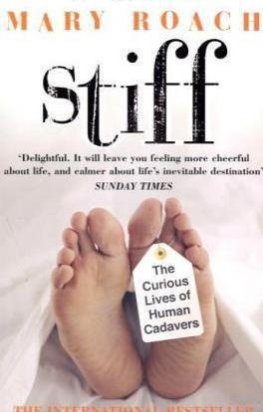


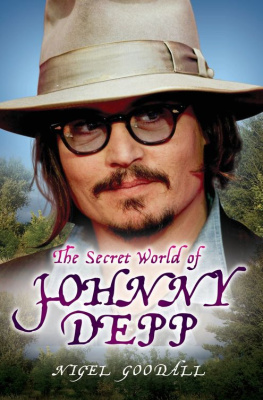
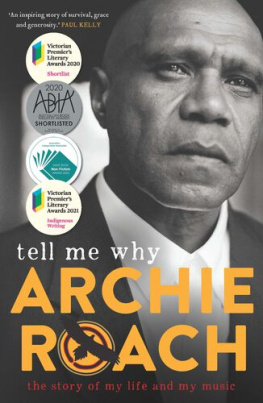

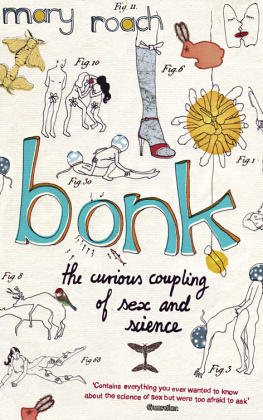
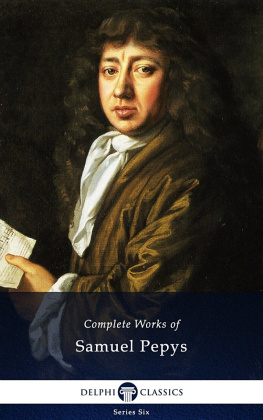

 Printed on acid-free paper
Printed on acid-free paper